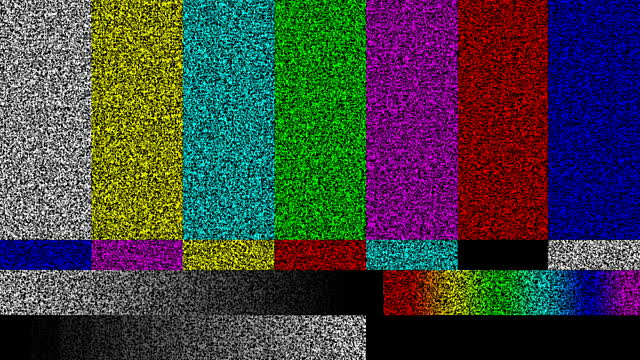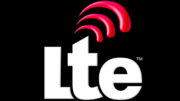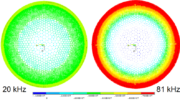There comes a time when everything old… is old. TV signals that are designed to work on old TV sets are referred to as “standard definition” or “SD” for short. SD describes the way old VHS tapes, the way that late-night infomercials look, and the way that everyone used to watch TV.
Sort of.
If you’re really going to get nitpicky, old-school TV signals aren’t SD, they’re NTSC. Older TVs used analog signals because, well, because digital wasn’t a thing in the 1930s when TV was invented. The United States television standard was an analog signal within a 6MHz channel, carrying 525 lines of vertical resolution in an interlaced format at 60Hz. Only about 480 lines were used for visible picture; the rest were used for information that made the whole system work, carrying weird names like “vertical blank.”
SD didn’t really become a “thing” until there was something to compare it to. The idea of high-definition television actually started in the 1960s and by the 1980s Japanese broadcasters were doing experimental HD recordings and broadcasts. By the time the USA got involved, the key to making the whole thing work was going digital.
Digital made HD possible
Digital technology allowed for a high-definition signal to actually fit into that same 6MHz channel through the use of some pretty fancy (by 2005 standards) compression techniques. The US government adopted standards proposed by the ATSC commitee for broadcasting a digital signal with a resolution of up to 1920×1080 on a regular TV channel. At the same time they came up with a standard for broadcasting regular old television digitally. Technically, only digital signals that mimic older TV signals are actually “SD.”
Standard-definition describes a signal with resolution of either 640×480 or 720×480 (for widescreen applications like DVD) showing 30 full frames per second. That’s about one-quarter of the information in a high-definition picture, one-sixteenth the information in a 4K picture, and about one-fourty-eighth (1/48th) the information in your average smartphone picture. It’s pretty paltry when you look at it that way. But then again, you knew that just from looking at it.
Just because it looks “SD” doesn’t mean it’s really “SD.”
If you watch old sitcoms on broadcast TV, cable, or satellite, you’ll notice that they are blurry and pale. That’s because they were originally shot in SD. However, it’s very likely they were broadcast in HD. Just taking an SD picture and putting it on an HD station doesn’t magically make it look better. Those old shows like Friends and M*A*S*H that do look nice and sharp have been remastered from the original film.
It seems confusing. I get that. It’s also tempting to call something “SD” because it looks “SD-ish.” And eventually, we’ll all probably do that. That’s sort of how language works. Words get redefined all the time. They lose their links to their original meaning. Think about it. You still “dial” phone numbers, even though your phone doesn’t have a dial.” You still “roll up” windows, even though your car’s windows move with a flick of the button.
Get everything you need from Solid Signal
When you’re thinking about your home entertainment center, there’s no better place than Solid Signal to shop for everything you need! We’re here for you with over 20,000 of the best parts including the accessories the pro’s use! Need more help? Just call us. The number is 888-233-7563. We’re here during East Coast business hours.





